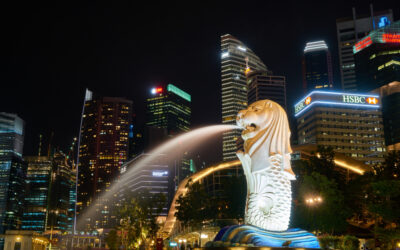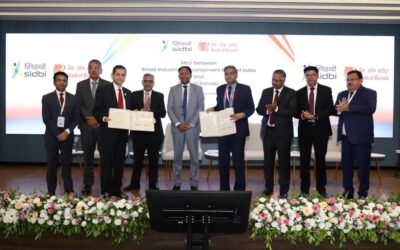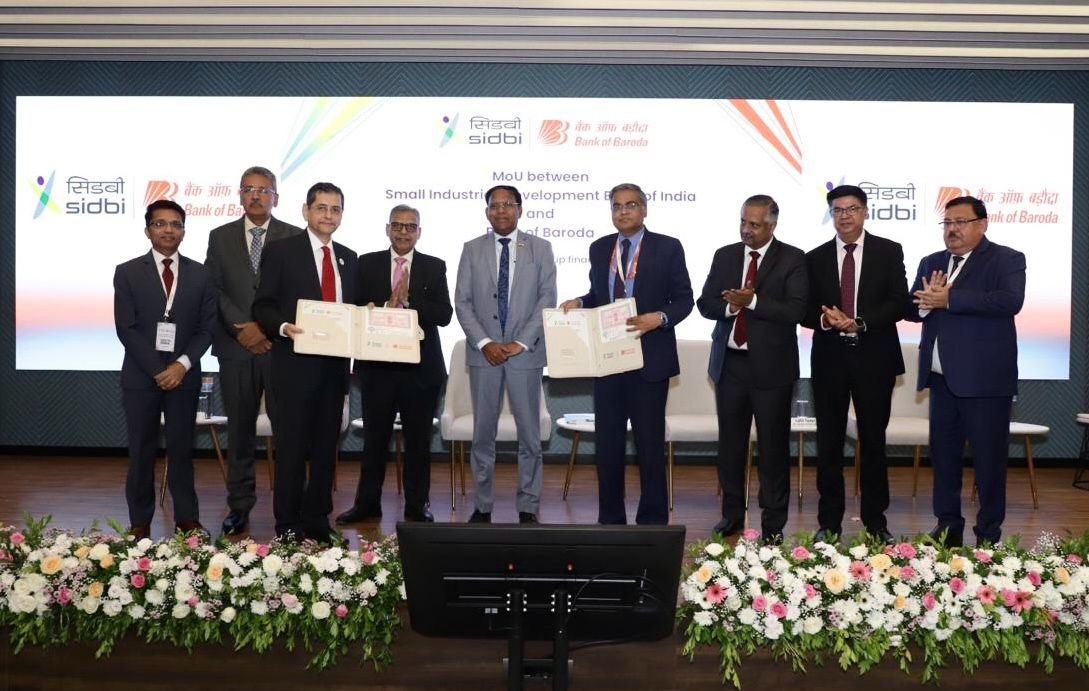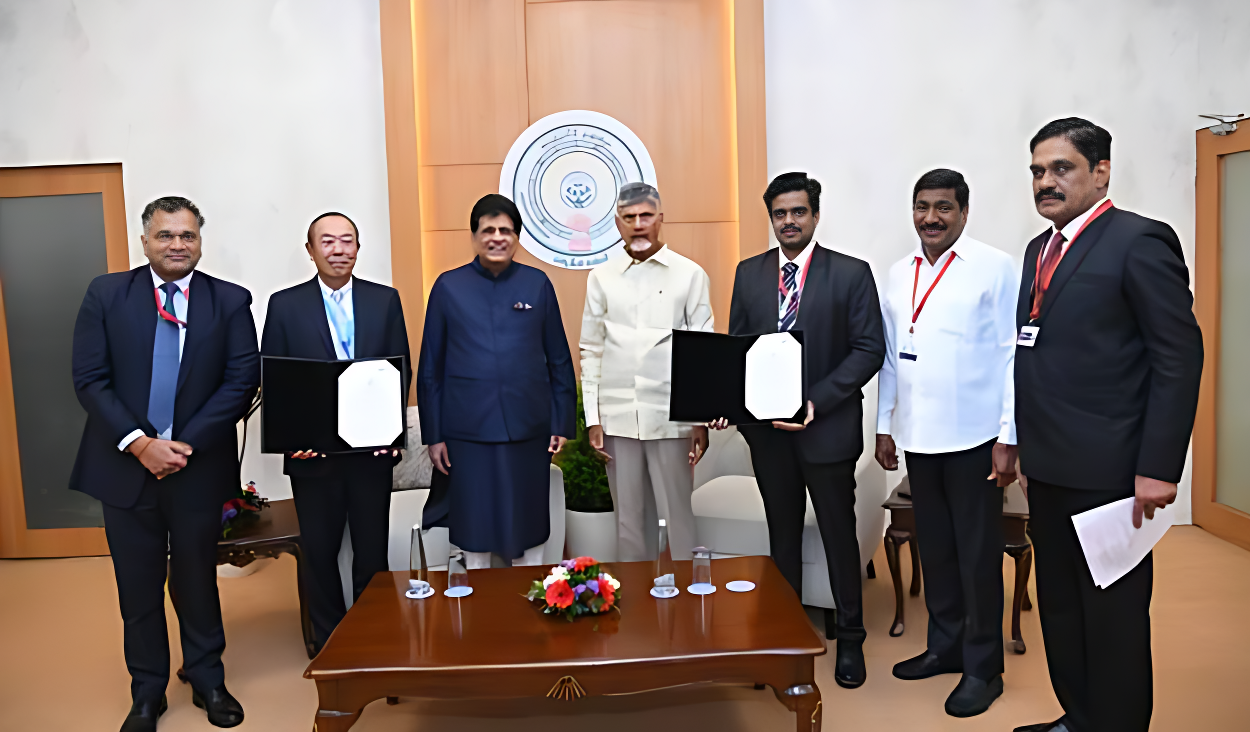After the Tariff Shock: India’s New Export Mission Is a Strategic Play to Reclaim Market Share

When the United States imposed steep 50 percent tariffs on select Indian goods in late August 2025, it sent ripples through the country’s export ecosystem. Within a month, official data showed a 12 percent drop in outbound shipments to the US, India’s largest single-country export market. Engineering goods, the mainstay of India’s merchandise basket and accounting for nearly a quarter of total exports, fell by 9.4 percent. The timing was stark: global supply chains were realigning post the US-China trade détente, yet India was finding itself squeezed between protectionist sentiment and shifting market preferences.
Against this backdrop, the Union Cabinet’s approval of the Export Promotion Mission (EPM) is more than just another budget announcement being operationalized it is India’s strategic countermove to reclaim competitiveness and build export resilience for the decade ahead.
A Mission for a New Trade Reality
The Export Promotion Mission, with an outlay of ₹25,060 crore for FY 2025-26 to FY 2030-31, is not a scheme in the traditional sense. It is a unified national export architecture, replacing the patchwork of fragmented interventions such as the Interest Equalisation Scheme (IES) and the Market Access Initiative (MAI).
For India’s MSME-driven export base, this consolidation means policy clarity, streamlined digital access, and better predictability in support mechanisms. But more importantly, the EPM is a signal that India is adapting to the new realities of global trade where financial access, compliance readiness, logistics parity, and brand visibility matter as much as cost competitiveness.
The Mission will be anchored in collaboration between the Department of Commerce, Ministry of MSME, Ministry of Finance and other stakeholders including Export Promotion Councils, commodity boards, financial institutions, and state governments. The Directorate General of Foreign Trade (DGFT) will serve as the implementing agency, with the entire lifecycle from application to disbursal operating through a dedicated digital platform integrated with existing trade systems.
The Twin Engines
EPM will operate through two tightly integrated sub-schemes, each addressing a different layer of India’s export challenges.
1. NIRYAT PROTSAHAN- Financing Competitiveness
Access to affordable trade finance has been a long-standing pain point for MSMEs. With interest rates rising globally and collateral demands tightening, small exporters often find themselves priced out of international orders. Niryat Protsahan seeks to fill this gap through an ecosystem of credit interventions interest subvention, factoring support, collateral guarantees, credit cards for e-commerce exporters and credit enhancement tools for those venturing into new markets.
This is particularly crucial in light of the recent US tariffs, which disproportionately hit labour-intensive and MSME-driven sectors such as textiles, leather, gems & jewellery and light engineering. By subsidizing credit and cushioning working-capital cycles, the Mission aims to help such exporters sustain orders, preserve jobs and continue exploring newer geographies.
2. NIRYAT DISHA – Building Market Readiness
Trade finance alone cannot drive export success. Niryat Disha complements the financial arm by tackling non-financial enablers quality certification, compliance upgrades, branding, packaging, warehousing, logistics and participation in international fairs. It also covers inland transport reimbursements and trade intelligence support.
For MSMEs, this represents a leap from reactive export support to proactive competitiveness building. As global buyers increasingly demand traceability, sustainability disclosures, and adherence to ESG standards, India’s exporters especially those in non-metro or emerging districts need a structured hand-holding ecosystem. Niryat Disha aims to provide that foundation.
A Shift from Schemes to Strategy
The defining feature of EPM lies not in its components but in its design philosophy. India’s export promotion has historically been fragmented different ministries offering parallel schemes with varying eligibility, documentation, and timelines. The EPM moves this to an outcome-based, adaptive framework capable of responding quickly to global shocks, tariff disruptions or logistics blockages.
It reflects a strategic transition from subsidy-based export incentives to competitiveness-driven interventions. Rather than compensating exporters for cost disadvantages, the Mission seeks to build structural capabilities finance access, compliance efficiency, market visibility and digital trade integration.
This pivot is crucial as India enters an era of tariff-based trade realignments. With the US-China trade thaw lowering tariffs for Chinese goods, Indian exporters risk losing preferential margins in key segments. The EPM provides the cushion and capacity for India’s MSMEs to recalibrate and compete on innovation and reliability rather than price alone.
Reimagining India’s Export Geography
Another strategic layer of the Mission is its emphasis on export decentralization. EPM explicitly prioritizes “non-traditional districts” and “low-export-intensity regions.” The idea aligns with the government’s Districts as Export Hubs initiative, aiming to bring first-time exporters into the mainstream.
Digital integration will be a force multiplier here. With DGFT’s systems now linked to customs, GSTN, and logistics portals, the new platform promises seamless application tracking and real-time trade data analytics. The move also dovetails with the Open Network for Digital Commerce (ONDC) vision, potentially allowing MSMEs to tap into e-commerce exports more efficiently.
Trade Resilience as Economic Strategy
In geopolitical terms, the EPM is as much about economic diplomacy as it is about domestic policy. Global supply chains remain volatile whether due to Red Sea shipping disruptions, shifting tariff regimes, or climate-related logistics challenges. The tariff shock from the US was a wake-up call for India to future-proof its export base.
By focusing on labour-intensive sectors such as textiles, marine products, and gems & jewellery, the Mission seeks not only to protect export volume but also to safeguard employment across clusters. These sectors collectively employ millions, and a 10 percent export loss can translate into significant job stress. The Mission’s financial and compliance interventions are thus also social stabilizers.
At the same time, the EPM’s focus on branding, packaging, and market positioning acknowledges a long-ignored dimension perception risk. Indian products often compete on price rather than quality reputation. In a tariff-driven global market, soft power in trade will increasingly come from trust, standards, and certification.
An MSME-Centric Path to Viksit Bharat @ 2047
The EPM aligns neatly with India’s larger vision of Viksit Bharat @ 2047 a developed economy integrated with global value chains and driven by resilient domestic enterprise. MSMEs, which account for nearly 45 percent of India’s exports, sit at the heart of this vision.
By consolidating export support, digitizing access, and embedding adaptive policy response, the Mission essentially builds a permanent competitiveness engine within the economy. It also marks a philosophical shift in how India views its exporters not as beneficiaries of government schemes but as strategic partners in global trade leadership.
Looking Ahead
The next test will be execution. The DGFT’s digital platform, stakeholder coordination, and industry feedback loops will determine whether the Mission’s promise translates into impact. Success will depend on how swiftly funds flow, how seamlessly exporters access them, and how efficiently capacity-building reaches the ground.
Yet, there is no denying that the EPM arrives at a defining moment. With global tariff walls rising and trade blocs hardening, India’s decision to invest ₹25,000 crore in building export resilience is not just economic prudence it is strategic foresight.
For MSMEs navigating the turbulence of global protectionism, this Mission could become the compass that points toward diversification, digitalization and enduring competitiveness.











